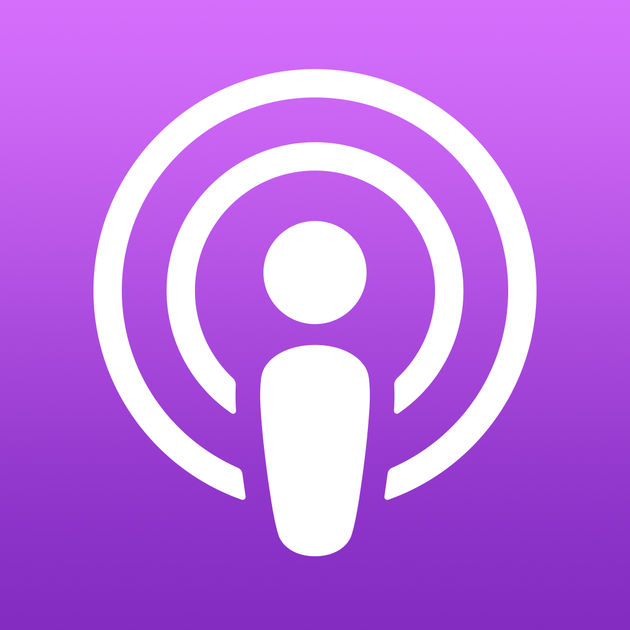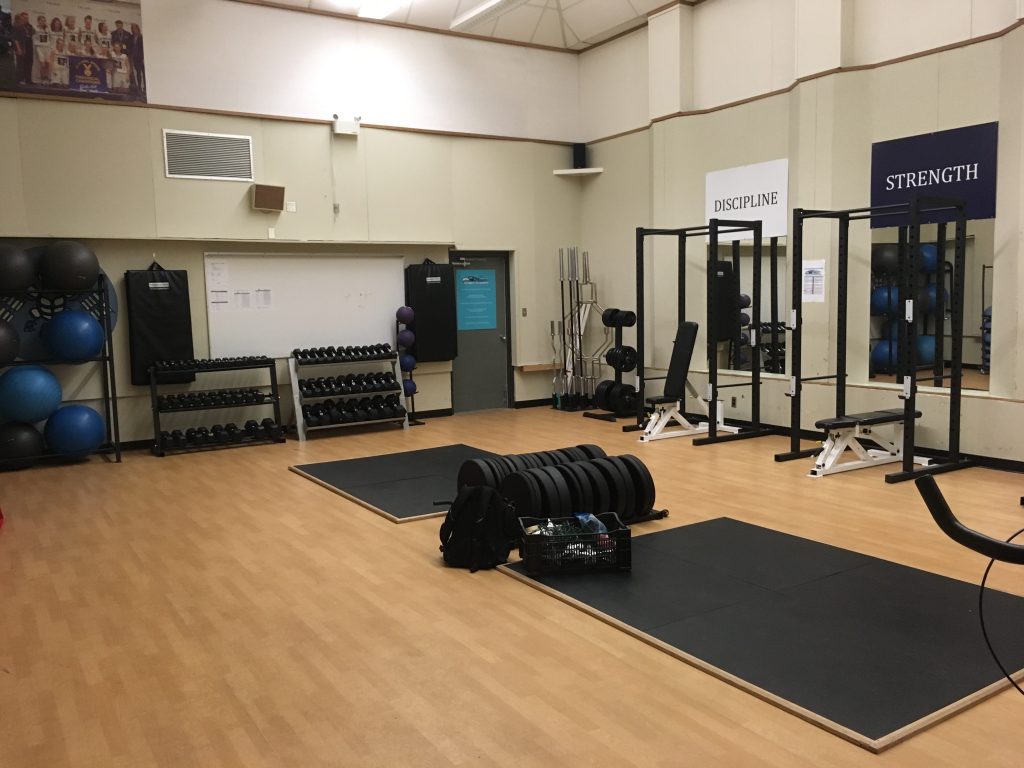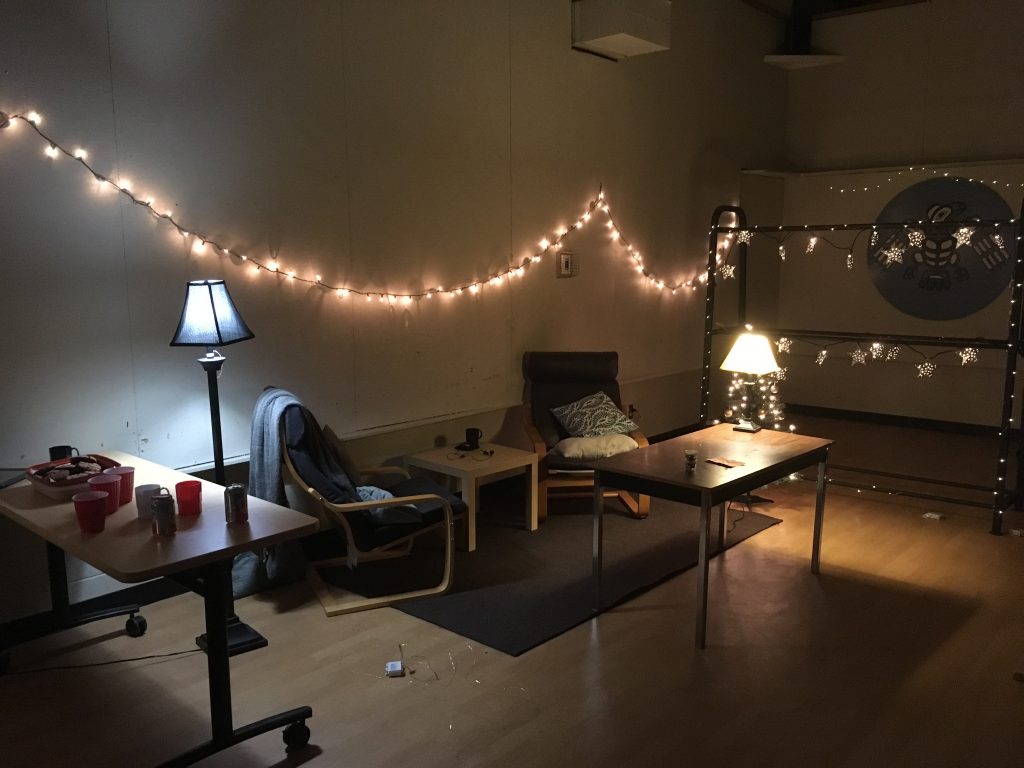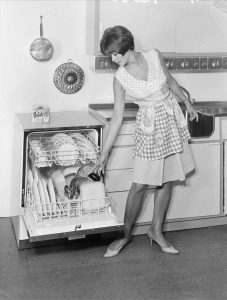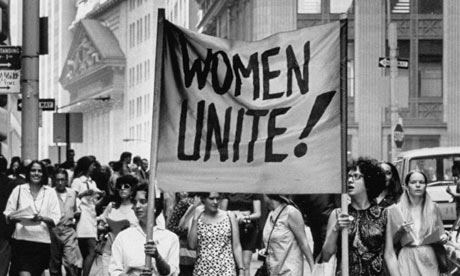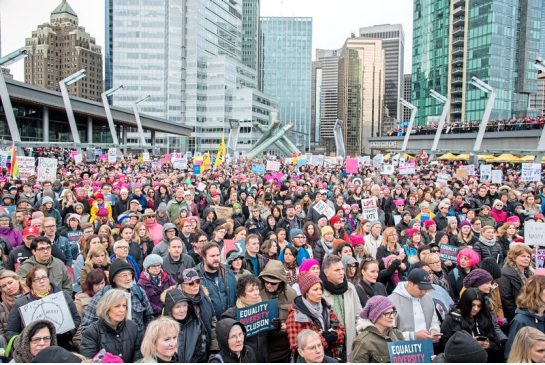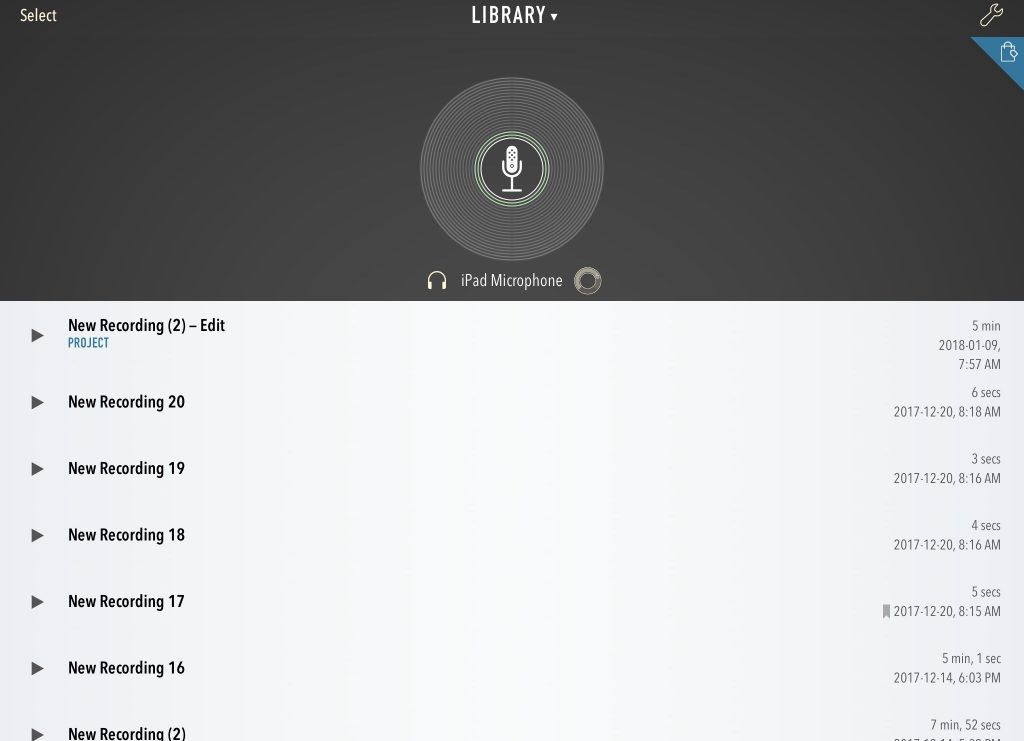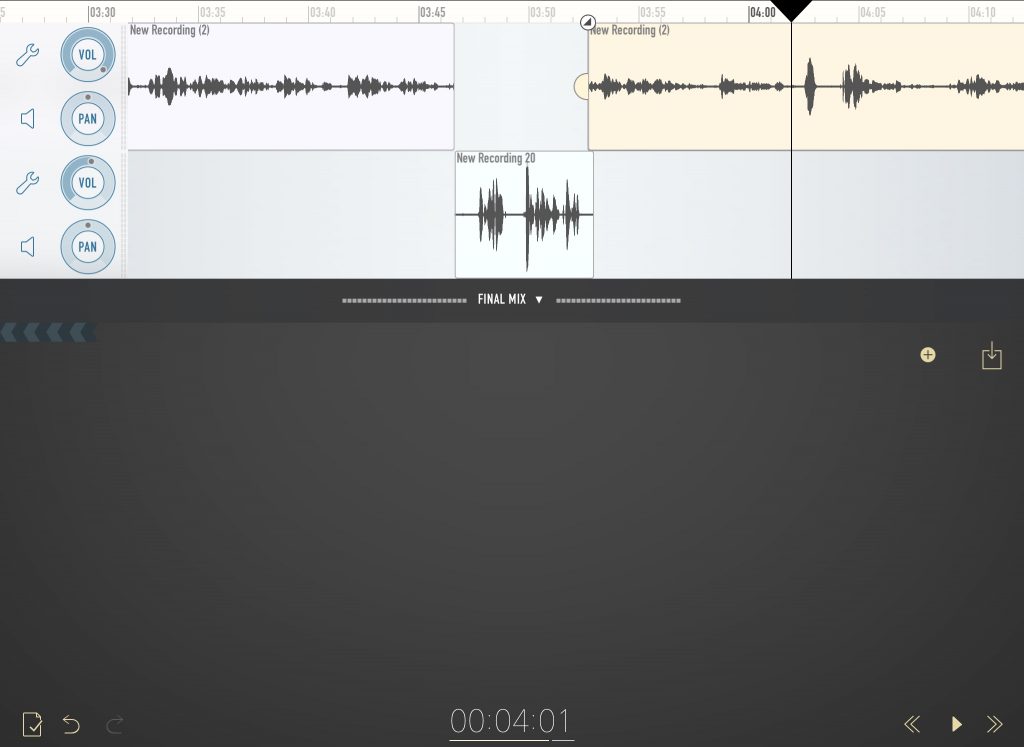In the previous two winter exhibitions, our PLP cohort was assigned to do a project about different entertainment series. In grade eight, it was Star Wars. In grade nine, it was Harry Potter. Me and the rest of the class were wondering what we were going to do for our third winter exhibition ever since they announced it in early October. Would it be another movie series? A Blue Sky project? Everyone was asking the teachers up until they announced it, and its a pretty big change to our regular form of an exhibition for PLP.
This year is all about the podcast, a form of audio to present information that we are learning to create this year in PLP. So far, we have done plenty of assignments and projects about these podcasts, and have done a few in the past. If you would like to see some of my previous podcasts that I have done so far this school year, you can click on the link here to listen to them
For this project, each PLP ten student was paired with a grade twelve to create an interview in podcast form about stories. These stories could be about anything. Sad stories, happy, serious, anything was available to use. Along with this, we would have to create our own podcast design, and add follow up questions, music, and other audio to help enhance these podcasts.
To begin the project, our class was told about a website called StoryCorps, a website designated to share and preserve some of humanities great stories. This website had a lot to share, with stories from all across the role, all being shared on one website. The class was told to find a few different stories to listen to, and afterwards, research about them and dive into some analysis of how the story was told and what we liked about them.
This is what the Front Page of the “StoryCorps” Wesbite looks like.
Once we had completed that assignment, it was time to begin our own podcast stories. These stories we would get from people at the exhibition. These people would be asked by our grade twelve partner if they would like to share a story, and with their response, they would go to a designated area to share a story. These areas would be designed by students to make the area where we would be recording more “at home” and natural, rather than a classroom. Together with a couple of other groups, we had designed a room we thought would be bad to work with but ended up working out quite well.
The cardio room is a very big and echoey room, and I wasn’t very keen on doing a podcast in there. Not to mention there were lots of equipment that had to be moved around to make the room look more neat. As a group, we all brought in decor to add to the room like lights, chairs, tables, etc. We also brought in food and drinks for people to have after they had completed the inetrviews. Our group wanted to go for a festive/holiday decorated room, so Christmas lights and other ornaments were added to the room. One of the workout bars was used as a stand for the lights, and overall we used the space very well, even if the room included quite a bit of echo.
Each student had to get three separate interviews, but only had to work and edit on one, as with the more interviews we had, there was a lot more choice into which interviews would fit best after the exhibition. To begin the interviews, I asked all three of my interviewees the same question, “What is a moment in your life that you felt most proud of.” This would help both the person I was interviewing and the overall podcast, as it was direct and not to broad for anyone listening to the podcast to get confused. The three stories I got were all pretty similar. They were mostly about stories that shared a moment in their life about school and how it shaped the rest of their lives. School is a very big part of growing up, and can influence a lot of decisions before becoming an adult. One of the most inspiring stories I listened to at that exhibition was one about Nash’s grandmother, who accomplished her dream of completing school.
Back when she was a teenager, women did not have very much choice. They rarely had the chance go on to university, they would end up staying home and do house work and would end up marrying somebody anyways. Why would they need to get an education if they were just going to marry someone and do housework all day? She had other plans. Nash’s grandmother decided to continue her education, and move all around the continent searching for opportunity. She ended up working for a numerous amount of small business companies, which back then seemed very rare. While working in Ontario for a clothing company, she came down with an illness, which left her not able to work for a numerous amount of months. Even through the illness, and women not having the chances to work like men do, she fought through it and continued to find more opportunities and follow her dream of using education to its advantage.
This story taught me a lot about what it was like to be a woman many decades ago. Women did not have the chance to choose what they wanted to do. They were expected to marry well, have children and do housework. Many women were not happy with how they were treated and some of them, like Nate’s grandmother, bravely chose their own paths, rather than accepting the old system. They marched and fought for equal rights. Fifty years later, women’s rights are a lot more equal relative to men then back then, but there are still many problems today. Women are still unhappy with how they are being treated and inequality. However, these problems can be fixed, and all we need to do is to cooperate with each other and just make men and women have everything equal.
Women’s March 1970’s and Vancouver Women’s March, January 2017
While creating this podcast, I used an app called Ferrite, which is an app that lets you record and edit audio clips. Previously, I was using iMovie to create podcasts, but the teachers insisted we use the app Ferrite, as they claimed it to be easier to use than iMovie. At the start, I was having some troubles, I think the entire class had problems, but after about a week of using it, I got use to it. It is much more simpler to use than iMovie, and you dont have to have an image to overlay with the audio like in iMovie.
A View of some of the Editing Sections in Ferrite.
This variation of an exhibition was very fun to do. Interviewing strangers seemed very awkward at the start, and it still was, but it was also very exciting. Stepping outside of my comfort zone is not really my forte, but I was able to do this and talk to people and learn about some of their stories they have had over their lifetime. I’m looking forward to this years spring exhibition, and I hope it will be as awesome as this one.
Until next time, see ya!

